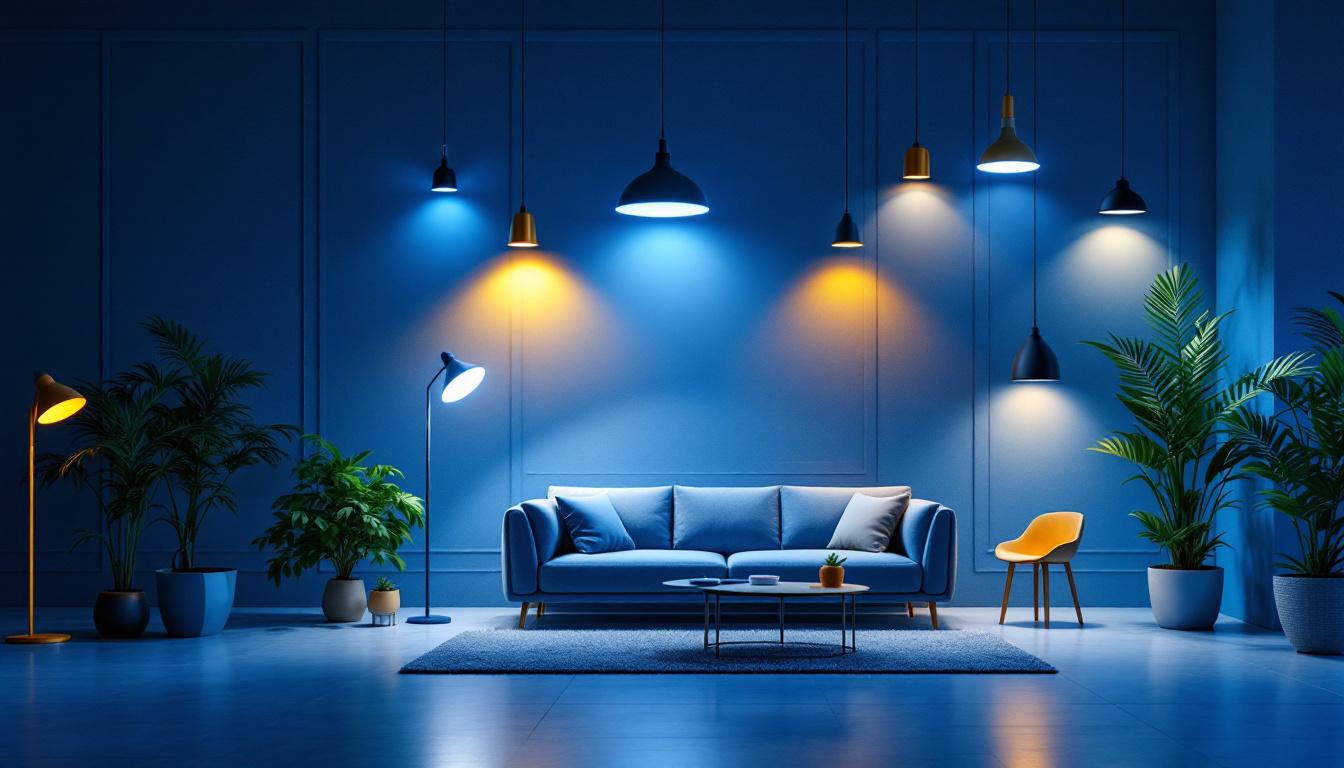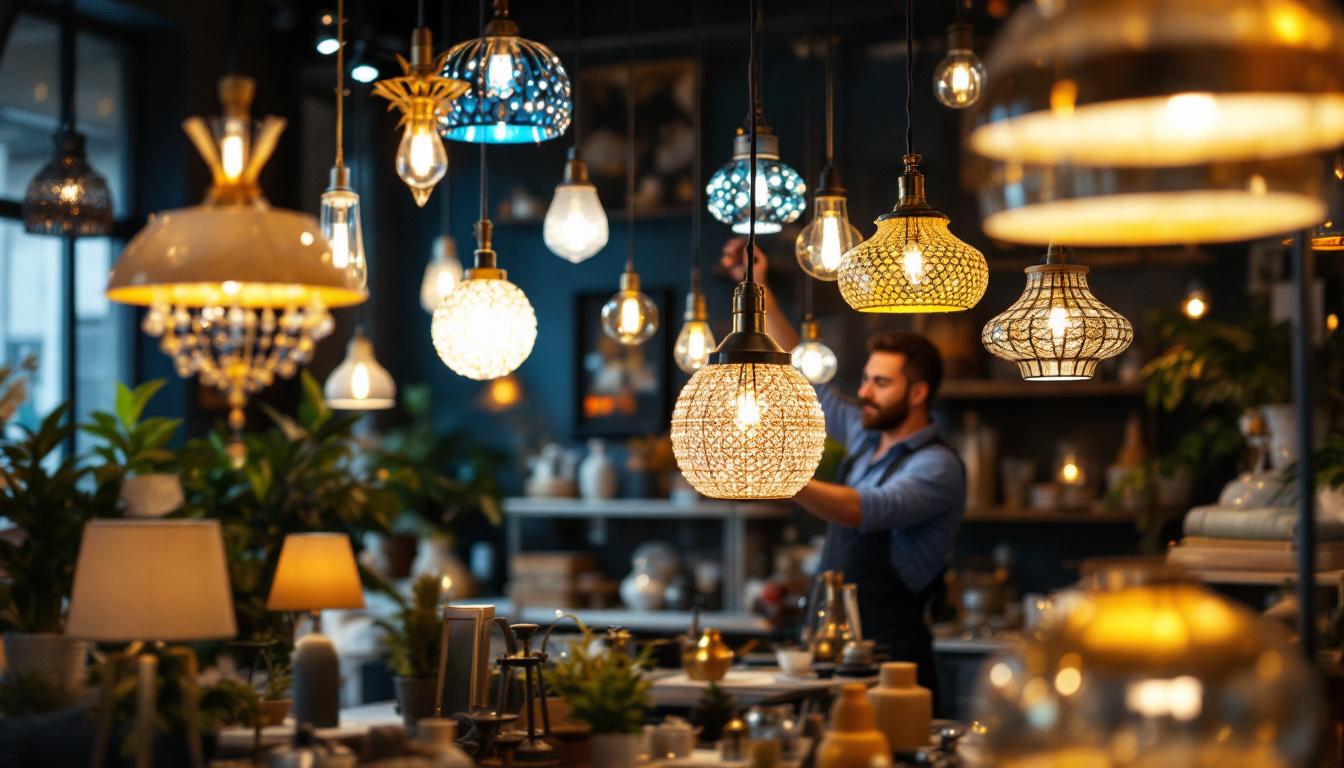
Outdoor lighting has evolved significantly, offering contractors innovative solutions that combine functionality, aesthetics, and ease of installation. Among these innovations, linkable outdoor lights have become increasingly popular. But what exactly are linkable outdoor lights, and why should lighting contractors pay close attention to them?
Linkable outdoor lights refer to lighting fixtures designed to be connected in series or parallel, allowing multiple units to be powered and controlled from a single power source. This modular approach simplifies wiring, reduces installation time, and offers flexibility in design layouts. For contractors, mastering the nuances of linkable outdoor lights can translate into more efficient projects and satisfied clients.
Typically, linkable outdoor lights come with built-in connectors or terminals that allow fixtures to be daisy-chained. This means fewer cables, less clutter, and a streamlined setup. Many models also feature weatherproof designs, ensuring durability in various climates. Additionally, some linkable lights offer integrated dimming capabilities, color-changing options, or smart controls compatible with home automation systems.
Moreover, the energy efficiency of linkable outdoor lights is a significant advantage. Many of these fixtures utilize LED technology, which not only consumes less power but also has a longer lifespan compared to traditional lighting options. This means that contractors can offer clients a sustainable solution that reduces energy bills and minimizes the frequency of replacements. The ability to customize the brightness and color temperature of these lights also allows for tailored lighting solutions that can enhance the ambiance of any outdoor space, from cozy backyard gatherings to vibrant commercial displays.
From residential landscapes to commercial properties, linkable outdoor lighting solutions offer a balance of efficiency and customization. Contractors benefit from reduced labor costs, while clients enjoy cohesive lighting schemes that are easy to expand or modify. This adaptability is particularly valuable in environments where lighting needs may evolve, such as event spaces, parks, or retail storefronts.
Furthermore, the trend toward outdoor living spaces has fueled the demand for versatile lighting solutions. Homeowners are increasingly looking to extend their living areas outdoors, creating patios, decks, and gardens that require thoughtful illumination. Linkable outdoor lights can easily be adjusted or repositioned to accommodate changing layouts or new features, such as outdoor kitchens or fire pits. Additionally, with the rise of smart home technology, many linkable lighting systems can be integrated with apps that allow users to control their outdoor lighting remotely, set schedules, or even sync lights with music for entertaining. This level of convenience and control is appealing to both contractors and homeowners, making linkable outdoor lights a sought-after choice in modern outdoor design.
When working with linkable outdoor lights, understanding the technical parameters is critical to ensuring safety, performance, and code compliance. Lighting contractors must evaluate factors such as voltage requirements, maximum run lengths, load capacities, and installation environments.
Most linkable outdoor lights operate on low voltage (typically 12V or 24V) to enhance safety and energy efficiency. However, some models may require line voltage (120V or 240V), especially for higher-output fixtures. Contractors should verify the voltage specifications to select appropriate transformers or power supplies capable of handling the total wattage of all connected fixtures.
For example, if a project involves linking ten 12W LED fixtures, the power supply must accommodate at least 120W, with an added safety margin of 20-25% to prevent overload. This calculation helps avoid voltage drops, which can cause flickering or dimming, negatively impacting the lighting’s effectiveness and lifespan. Additionally, understanding the power factor of the fixtures can be beneficial, as a low power factor can lead to higher energy costs and potential penalties from utility companies.
Manufacturers typically specify maximum run lengths for linked fixtures, which dictate how many units can be safely connected in series without compromising performance. Exceeding these limits can result in uneven illumination or electrical hazards.
Contractors should consult product datasheets and local electrical codes to determine acceptable run lengths. When longer runs are necessary, strategies such as using multiple power feeds or installing additional transformers can help maintain consistent voltage and brightness. Furthermore, it is important to consider the total wattage of all fixtures on a single run, as this can affect not only performance but also the longevity of the fixtures. Properly balancing the load across multiple circuits can prevent overheating and ensure a longer lifespan for the entire lighting system.
Outdoor lighting must withstand exposure to moisture, temperature fluctuations, dust, and physical impact. Linkable outdoor lights often come with IP (Ingress Protection) ratings that indicate their resistance levels. For example, an IP65 rating means the fixture is dust-tight and protected against water jets, making it suitable for most outdoor applications.
Proper installation techniques, including secure mounting and weatherproof connections, are essential to prevent premature failures. Contractors should also consider the accessibility of fixtures for maintenance and potential future expansions. In addition to these factors, the orientation of the fixtures can significantly impact their performance; positioning lights to minimize glare and optimize light distribution can enhance the overall effectiveness of the installation. Moreover, understanding local wildlife and environmental conditions can help in selecting fixtures that minimize light pollution and are less likely to attract unwanted attention from animals, ensuring a harmonious balance between functionality and ecological responsibility.
Beyond technical specifications, lighting contractors must approach linkable outdoor lights with a design mindset that balances aesthetics, functionality, and client goals. This holistic approach not only enhances the visual appeal of outdoor spaces but also ensures that the lighting serves its intended purpose effectively, whether it be for safety, ambiance, or highlighting architectural features.
Linkable lights offer the advantage of uniformity, as identical fixtures can be arranged to produce consistent illumination patterns. This is particularly useful in pathways, garden borders, or architectural accent lighting. Contractors can leverage the modularity to create seamless transitions and symmetrical designs that enhance the overall visual appeal. For instance, by strategically placing linkable lights along a winding path, contractors can guide visitors through a landscape while simultaneously creating an enchanting atmosphere that invites exploration. Additionally, using varying intensities of light can help to delineate spaces, making it easier for guests to navigate while also drawing attention to specific features such as sculptures or water features.
One of the standout benefits of linkable outdoor lights is their adaptability. Clients may request changes over time, such as adding more fixtures or adjusting lighting zones. By installing linkable systems with accessible connectors and modular power supplies, contractors enable straightforward upgrades without extensive rewiring. This flexibility not only meets the evolving needs of clients but also accommodates seasonal changes, such as enhancing holiday decorations or adjusting lighting for outdoor events. Furthermore, the ability to modify lighting layouts easily can lead to long-term client satisfaction, as they feel empowered to personalize their outdoor environments as their tastes and needs change.
Modern linkable outdoor lights often support integration with smart home systems, allowing for remote control, scheduling, and energy management. Contractors should familiarize themselves with compatible control modules and communication protocols like Zigbee, Z-Wave, or Wi-Fi. The integration of smart technology not only simplifies the management of outdoor lighting but also enhances security features, as homeowners can program lights to simulate occupancy when they are away. Additionally, smart controls can facilitate energy-efficient practices, such as dimming lights during certain hours or utilizing motion sensors to activate lights only when needed, thereby reducing electricity costs.
Offering smart lighting solutions can differentiate contractors in a competitive market, providing clients with enhanced convenience and energy savings. Moreover, the ability to control outdoor lighting via smartphone apps or voice-activated devices adds a layer of modernity and sophistication that appeals to tech-savvy homeowners. As the demand for smart home technologies continues to rise, contractors who embrace these innovations will not only meet client expectations but also position themselves as leaders in the evolving landscape of outdoor lighting design.
While linkable outdoor lights offer many advantages, contractors must navigate certain challenges to deliver optimal results.
Voltage drop is a common issue in linked lighting systems, especially over long distances or with numerous fixtures. To mitigate this, contractors can use thicker gauge wiring, install additional power supplies closer to fixture clusters, or limit the number of fixtures per run.
Even with IP-rated fixtures, connectors and junction points are vulnerable to moisture ingress. Utilizing waterproof connectors, sealing compounds, and proper cable management techniques ensures longevity and reduces maintenance calls.
Electrical codes vary by region but generally emphasize safety, grounding, and proper circuit protection. Contractors should stay updated on local regulations and manufacturer guidelines to guarantee compliant installations. This diligence protects both the contractor and the client from liability and potential hazards.
Examining real-world applications helps illustrate the practical benefits and considerations of linkable outdoor lights.
A landscaping company integrated linkable LED path lights around a large residential property. By using a single transformer and linking 20 fixtures, the installation was completed in half the time compared to traditional wiring methods. The modular design allowed the homeowner to later add additional lights without rewiring, demonstrating the system’s scalability.
In a retail plaza, linkable floodlights were installed to highlight storefronts and signage. The contractor used multiple power feeds to maintain brightness consistency across the 150-foot stretch. Smart controls enabled the property manager to adjust lighting schedules seasonally, improving energy efficiency and customer experience.
A municipal project utilized linkable bollard lights along walking paths. The contractor selected fixtures with high IP ratings and robust connectors to withstand harsh weather. The linked system simplified maintenance, as faulty units could be isolated and replaced without disrupting the entire circuit.
Linkable outdoor lights represent a significant advancement in outdoor lighting technology, offering contractors a versatile, efficient, and client-friendly solution. By understanding their technical requirements, design possibilities, and installation best practices, lighting professionals can enhance project outcomes and expand their service offerings.
As outdoor environments continue to demand adaptable and sustainable lighting solutions, contractors equipped with knowledge about linkable lighting systems will be well-positioned to meet evolving market needs. Embracing these innovations not only streamlines workflows but also delivers lasting value to clients, making linkable outdoor lights a smart choice for forward-thinking lighting contractors.
Ready to enhance your outdoor lighting projects with the efficiency and adaptability of linkable lights? Look no further than LumenWholesale for a vast selection of premium, spec-grade lighting products that promise to elevate your installations. Our commitment to quality and affordability ensures you have access to the best lighting solutions on the market, all at wholesale prices that respect your budget. Say goodbye to middleman markups and hello to free shipping on bulk orders, making LumenWholesale your go-to source for all your lighting needs. Don’t settle for less—choose LumenWholesale for Wholesale Lighting at the Best Value and light up your client’s world with confidence and style.

Discover essential tips and strategies to steer clear of expensive errors in your lighting projects.

Discover affordable chandelier lamps and essential tools for lighting contractors.

Discover essential tips and best practices for lighting contractors in selecting and installing replacement light fixtures.

Explore the world of decorative LED bulbs with answers to lighting contractors’ most common questions.